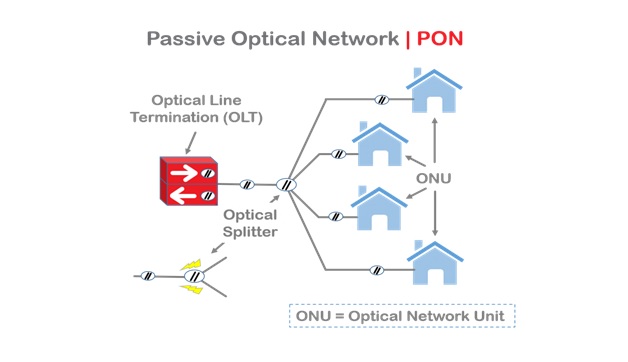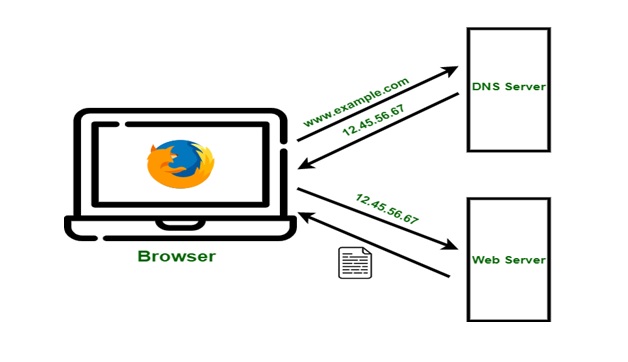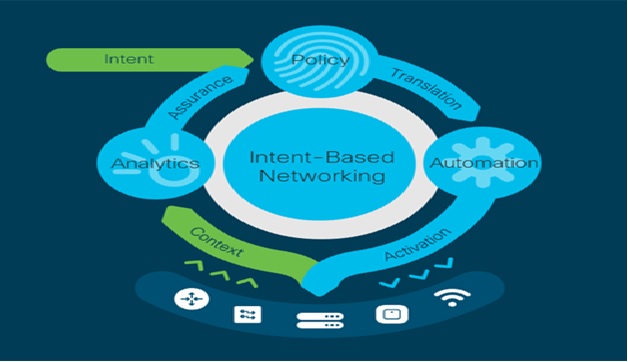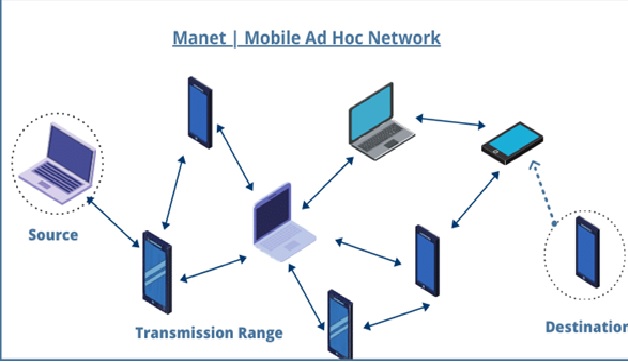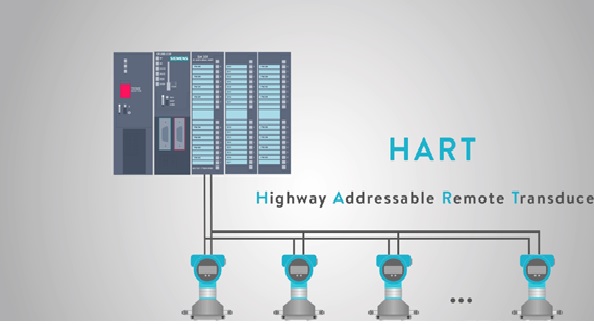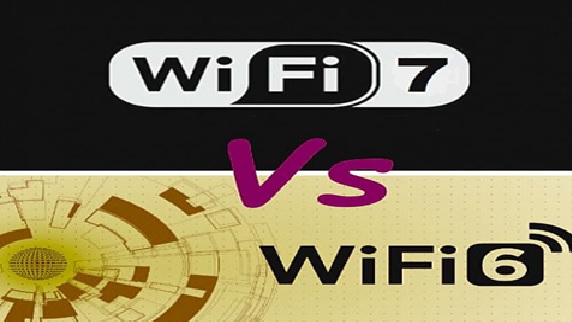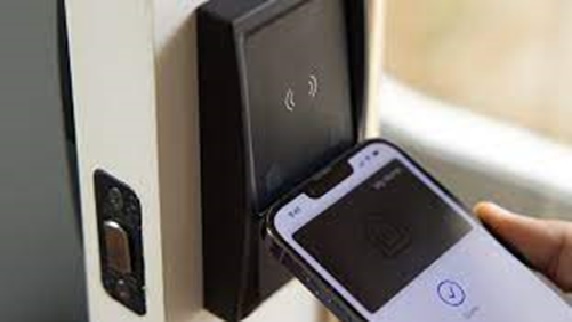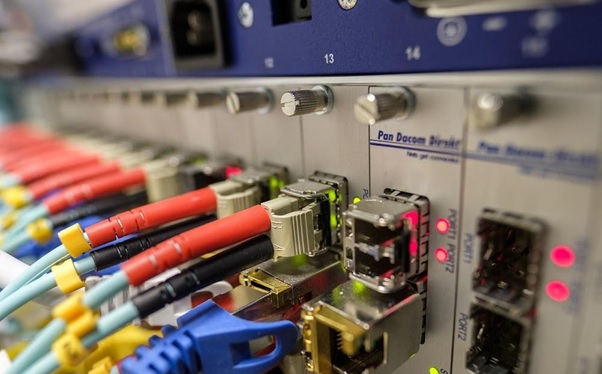Overview of Digital Audio Broadcasting
Digital audio broadcasting (DAB) transmits digital signals rather than the analog audio signals traditionally used in broadcast radio. DAB is broadcast on terrestrial networks, with future prospects for satellite broadcasting. Apart from receiving high-quality audio entertainment via the radio, programs can be accompanied by text, such as lyrics. The DAB-IP variant used by Virgin U.K. can support video. [1]
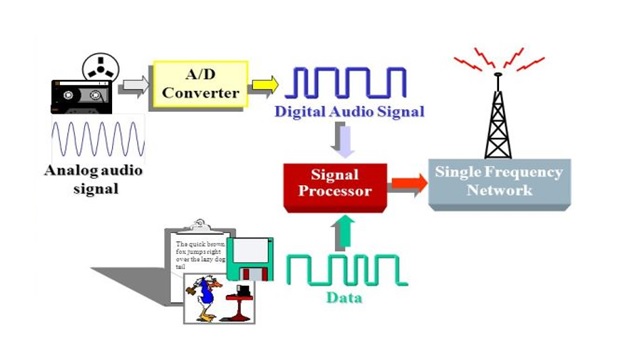
Figure 1. The Overview of Digital Audio Broadcasting
Figure 1 shows Digital audio broadcast signals are transmitted in-band, on-channel (IBOC). Several stations can be carried within the same frequency spectrum. Listeners must have a receiver equipped to handle DAB signals. At the transmitting site, the signal is compressed using MPEG algorithms and modulated using coded orthogonal frequency division multiplexing (COFDM). A digital signal offers several advantages over conventional analog transmission, including improved sound quality, reduced fading and multipath effects, enhanced immunity to weather, noise, and other interference, and expansion of the listener base by increasing the number of stations that can broadcast within a given frequency band. [2]
DAB digital radio works
To produce a digital system that operates satisfactorily under the conditions required for digital radio a large amount of work was undertaken in the development stages. Some existing digital techniques were investigated but it was realised these had significant limitations for this application. One of the major problems was that many receivers would use non-directional antennas and as a result they would pick up reflected signals. These would be delayed sufficiently for the data to become corrupted. Additionally the bandwidth required to accommodate a full stereo signal would need to be reduced to ensure efficient use of the spectrum. This consortium consisted of manufacturers, broadcasters research bodies and network operators. [3]
Advantages
- More conversations can take place on one channel.
- Its more spectrally efficient, certainly, but the channel allocation depends on the system (FDMA v. TDMA)
- Unit ID, enhanced text messages and status buttons can all be embedded into a digital radio channel.
- Your bandwidth consumption is reduced with digital radios.
- Both existing infrastructure and antenna systems can be used for transmitting digital signals. This is for FDMA (ie: dPMR). TDMA style systems require some modifications to take into account the accurate timing requirements.
- Background noise greatly reduced due to advanced algorithms that can detect the difference between talking and background noise.
- Many new software applications are available all of the time.
- Digital platforms enable you to use both digital and analog radios simultaneously. [4]
References:
- https://www.gartner.com/en/information-technology/glossary/dab-digital-audio-broadcasting
- https://searchmobilecomputing.techtarget.com/definition/digital-audio-broadcasting
- https://www.electronics-notes.com/articles/audio-video/broadcast-audio/digital-radio-audio-broadcasting-dab-tutorial.php
- https://www.e-navigation.nl/content/advantages-and-disadvantages-digital-radios
Cite this article:
Thanusri swetha J (2021), Overview of Digital Audio Broadcasting, AnaTechMaz, pp. 48





